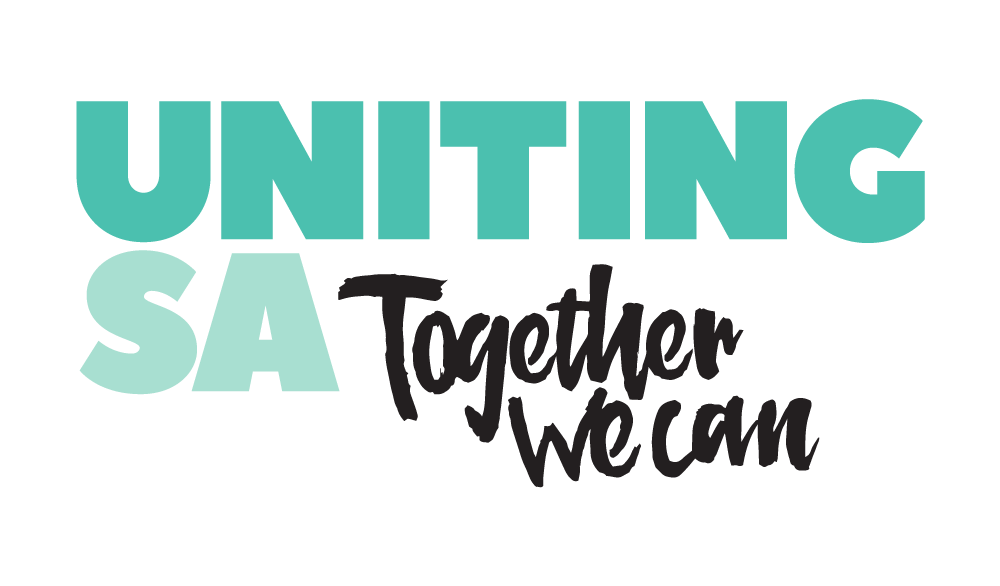Housing affordability is the biggest issue facing the homelessness sector, as we find ourselves up against a system which lacks options for the most disadvantaged people in our community.
Joe Gannon, Manager of our Western Adelaide Homelessness Service, says changes are needed to cope with the ever increasing demand for appropriate and affordable accommodation.
In 2015/16 our Homelessness Service supported 1796 people – up 15 per cent from 2013/14.
Of those, more than 40 per cent identified as homeless at intake.
“Ninety-five per cent of all clients who access our services do not exit into rough sleeping – and no children exit into rough sleeping – which means we are able to get them into housing of some sort,” Mr Gannon says.
“At the moment we are still hanging in there, but just.”
He says housing stress “does not discriminate” and affects people of all ages, genders and cultural backgrounds.
Despite this, there are some groups of people who are harder to accommodate.
“Being single and female is far more difficult than being single and male because most boarding houses are set up for males,” he says.
“There are only 16 beds available for single females in emergency accommodation across the state, so where do you accommodate single females, whatever age they are?
“Another really difficult group is 18 to 21 year olds. Up to 18 they are in our 24-Hour House but there’s a gap in service delivery once they turn 18.”
Mr Gannon says access to culturally appropriate accommodation for Aboriginal families is also severely lacking.
With one in five of all clients accessing our Homelessness Services identifying as Aboriginal or Torres Strait Islander, it is an area of great need.
“The call for action is to create innovative models for providing affordable housing for those most disadvantaged in our community,” Mr Gannon says.
“The current market doesn’t work, particularly for those who are part-time employed or unemployed.
“Social housing, public housing and the private market need to work something out on behalf of our clients.”
Read the personal story of one of our clients, single mother Alicia, by clicking here.
